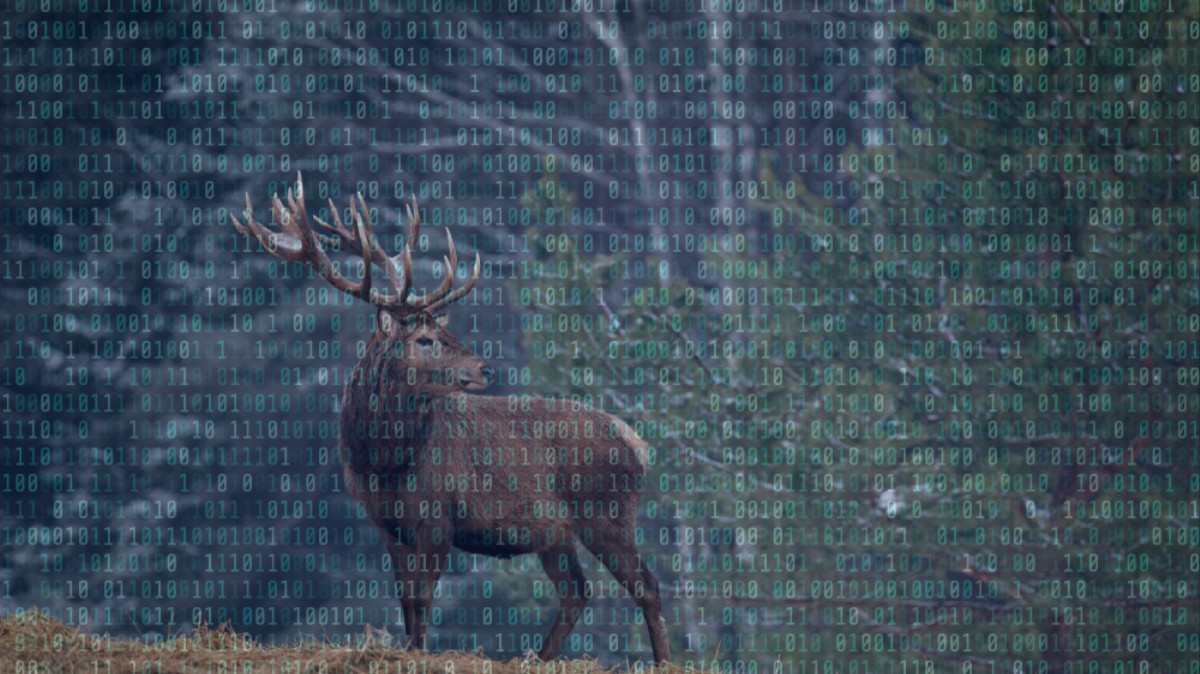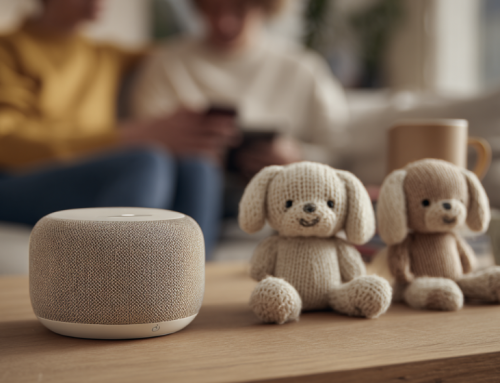
“Our research brought these amazingly sophisticated events called life to the realm of the atomic and microscopic world …and it worked.”
Researchers Create ‘Quantum Artificial Life’ Simulation
In an article for motherboard.vice.com, written by Daniel Oberhaus, you can almost see Dr Frankenstein shouting, “It’s alive! It’s alive!”
But there is real excitement about a new research paper that was published in Scientific Reports.
For the first time, an international team of researchers has used a quantum computer to create artificial life—a simulation of living organisms that scientists can use to understand life at the level of whole populations all the way down to cellular interactions.
With the quantum computer, individual living organisms represented at a microscopic level with superconducting qubits were made to “mate,” interact with their environment, and “die” to model some of the major factors that influence evolution.
Modeling quantum artificial life is a new approach to one of the most vexing questions in science: How does life emerge from inert matter, such as the “primordial soup” of organic molecules that once existed on Earth?
The aim of the research team, led by physicists Enrique Solano and from Basque Foundation for Science, was to create a computer model that replicates the processes of Darwinian evolution on a quantum computer. To do this, the researchers used a five qubit quantum processor developed by IBM that is accessible through the cloud.
In summary, scientists have taken an electronic qubit and taught it how to meet other qubits and reproduce baby qubits.
The algorithm then modeled the interaction between the individual and its environment, which represented aging and eventually death. This was done by taking the new genotype from the self-replicating action in the previous step and transferring it to another qubit via entanglement. The new qubit represented the individual’s phenotype. The lifetime of the individual—that is, how long it takes the information to degrade or dissipate through interaction with the environment—depends on the information coded in this phenotype.
Finally, these individuals interacted with one another. This required four qubits (two genotypes and two phenotypes), but the phenotypes only interacted and exchanged information if they met certain criteria as coded in their genotype qubits.
The interaction produced a new individual and the process began again. In total, the researchers repeated this process more than 24,000 times.
read more at motherboard.vice.com







Leave A Comment